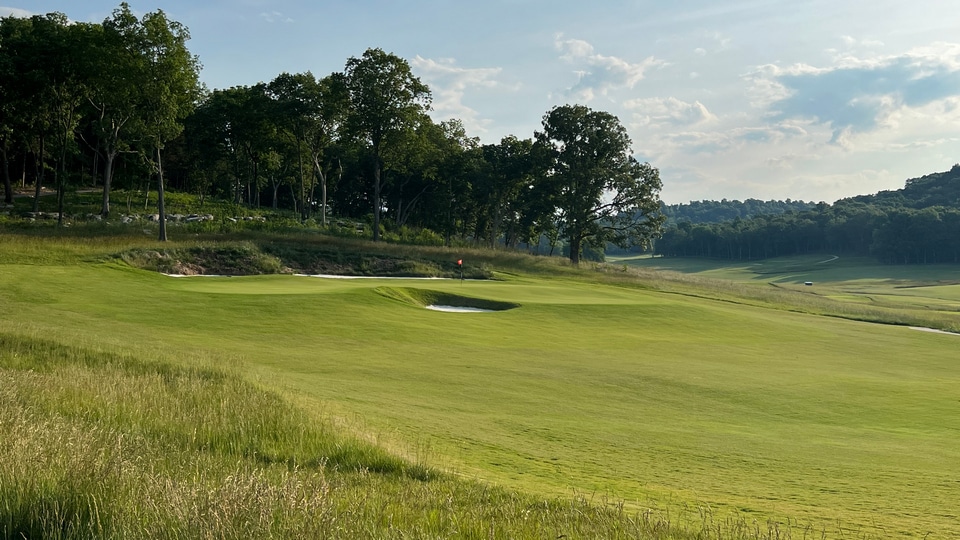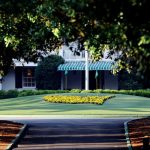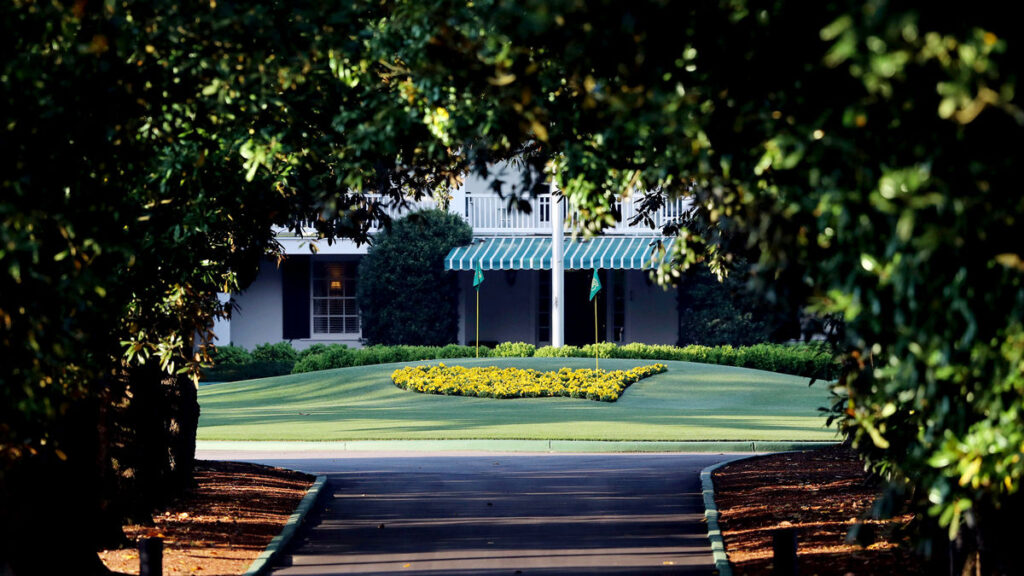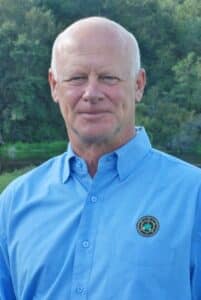The annual playing of the Masters is a testament to the vision of its two founders – Bob Jones and Clifford Roberts.
The stature of the event exploded after World War II and is now regarded as one of the premier sports events globally.
Augusta National Golf Club was designed by Jones in concert with Dr. Alister MacKenzie — the man responsible for such revered courses as Cypress Point, Royal Melbourne and Crystal Downs, to name just three of his most acclaimed efforts. Augusta National was premised on the deep love both Jones and MacKenzie had for The Old Course at St. Andrews.
But in the years to follow – Augusta National evolved as all courses do. Some of those “evolutions” were in alignment with the original premise for the course. Others less so. Roberts, however, was quick to remind all that the actions taken were actually “improvements.”
Modern technology – impacting golf balls and clubs – forced the club to add length to a number of holes and to also shrink the available width in the landing areas of several of the holes. Not all of the “improvements” were viewed as such.
Assessing the various actions taken by Augusta National has always sparked considerable interest — especially for those in the actual business of golf course architecture.
Five leading architects were asked to share their thoughts on various questions relating to the Masters and to the existing Augusta National course layout.
***
When you hear the words Augusta National what comes immediately to mind?
Eric Larsen: The Masters — the cathedral of American golf courses.
Mike DeVries: The Masters and spring are here, winter is over.
Michael Clayton: The Masters.
Jeffrey Stein: Spring traditions.
Brian Ross: The Masters. Spring Time. The theme music. The birds chirping. The flowers blooming. Agronomic perfection. The roars on Sunday afternoon.

Does Augusta National and how it is prepared for the Masters still faithfully align itself to the architectural philosophy of Bob Jones and Alister MacKenzie?
Jeffrey Stein: I have to believe that Bob Jones and Dr. MacKenzie would generally approve of the golf course preparation for the Masters. It could be argued the greens were not intended to be played at this speed , but this is one of the ways the current Masters committee uses as a defense of the golf course, keeping the golf course relevant.
Also to consider, despite many of the bunkers and greens continually tweaked, the integrity of routing has not changed. The only deviation has come from the addition in length for the back tees — used only during the Masters.
Eric Larsen: Generally, yes, although greens now have a cool season grass vs warm season grass and it has been lengthened. Greens turf type speeds them up significantly now vs originally yet, the course strategy is the same.
It has been lengthened to compensate for the increased driving distance of today’s players which has kept the course contemporary in that regard. Approach shots and play on and around the greens remains nearly the same as originally designed. You simply cannot change the rather drastic topography.
A big part of the reverence of Augusta National comes from it being the same venue for the Masters every year. No other major event offers this so the consistency of design integrity is vital and layers in the history of the venue.
Michael Clayton: It’s still wide and rather than being a simple test of straight hitting. Players are free to decide where they want to drive – the essence of golf at St Andrews. And MacKenzie’s best course at Royal Melbourne.
Brian Ross: It’s hard to imagine that it does. MacKenzie died shortly after the course opened and before it hosted its first Masters Tournament. It now plays nearly 1,000 yards longer, almost every hole has been toyed with in one way or another, and aesthetically it is a much different golf course than the one they designed in the 1930s.
The aerial game now dominates play with the exception of a few shots on a few holes, leaving many of the contours that the duo intended to play an important role in the strategy of the golf course as nothing more than flyover territory.
Mike DeVries: Somewhat. There is still a lot of short grass and expansive fairways to hit to — although they have shrunk in recent decades — but you need to be in a specific spot to really attack the flagstick location.
Any deviation from your planned route will require an amazing recovery to score well.
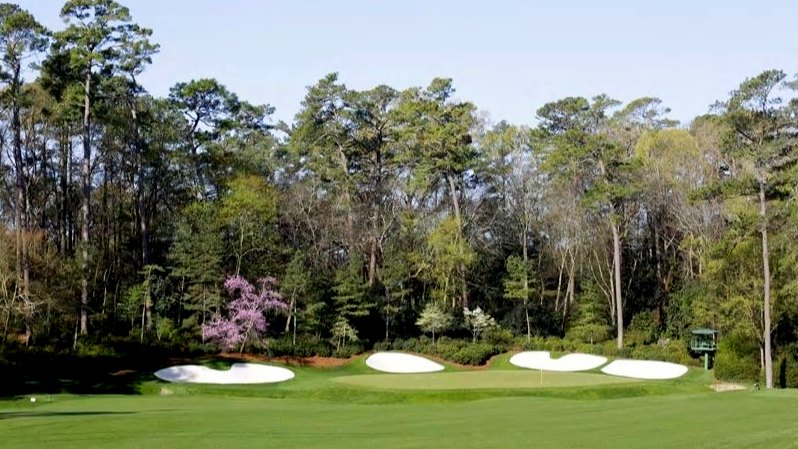
What design elements from Augusta National have you incorporated into your projects?
Michael Clayton: The freedom to choose where you drive – and greens making it easier or harder to play onto from different places.
Mike DeVries: Broad fairways, undulating greens, and short grass around green complexes.
Brian Ross: Nothing specifically.
Jeffrey Stein: I love the use of short grass mounds which defend the 8th green complex. There are no bunkers, just large and well-placed mounds which obscure and deflect everything but the most well played approach. MacKenzie’s design concept at the 8th green works well on almost any golf course design.
Eric Larsen: Radical greens with a lot of variety, no rough, fewer but immense well-placed simple shaped bunkers, holes with great variety via doglegs-length-vertical change-scorable vs scoring resistant. Also clustering of components, grouping of tees and greens from different holes.
Most underrated and overrated holes at Augusta National?
Eric Larsen: The opening hole is definitely underrated. So is the 5th. Hard to say any hole is overrated. They are all so good.
Brian Ross: The 14th is a hole that often gets overlooked as it lies between Amen Corner and the drama that often unfolds on 15/16. It has the best green on the property, though, and is a great golf hole that doesn’t get enough air time. Silver medal goes to the 5th.
The 11th is my least favorite of the “famous” holes at ANGC. I love that it asks for two different shot shapes, but I feel it now plays too long to have any effective strategy. Most of today’s golfers are happy to lay up short/right and get up and down for par.
Jeffrey Stein: The 10th is perhaps the most underrated. The elevation drops nearly 116 feet from tee to fairway approach. It’s a spectacular looking golf hole too with the large centerline fairway bunker framing the green from a distance.
The 16th hole is the most over-rated hole on the golf course by far. It’s been the site of a lot of excitement and drama but lacks much in the way of architectural creativity.
Mike DeVries: Underrated: 5 and 14 – exceptional greens that demand great approaches with small margins of error.
Overrated: 15 – site of Sarazen’s “shot heard round the world” but now requiring a short iron most of the time to get home in two. Green and surrounds have become a bit overdone due to the shorter shots going in.
Michael Clayton: Not sure if 5 is underrated but it’s a terrific hole. 15 is wildly overrated with the pond as opposed to MacKenzie’s original vision of a creek – but great things have happened there over the years. A few tragedies as well.
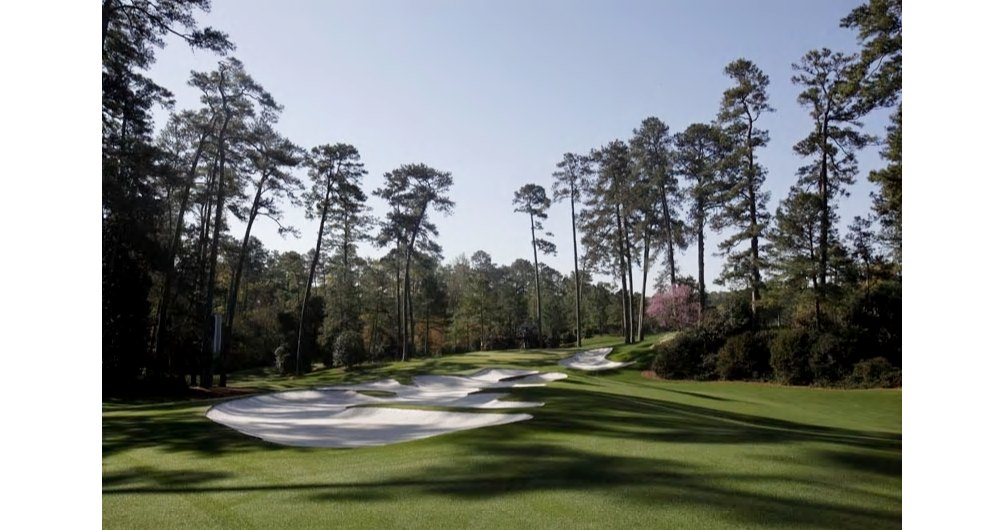
Part 2
The Participants
Mike DeVries
Partner
Clayton, DeVries & Pont
USA
With over 40 years of experience in the golf industry, DeVries remains a true craftsman. His grandfather introduced him to golf at an early age at Crystal Downs Country Club in Frankfort, Michigan, and he grew up working on the Downs, developing a deep respect and admiration for the work of Alister MacKenzie and Perry Maxwell.
After graduating from Lake Forest College, Illinois, he worked with Tom Doak before attending the University of Michigan, where he earned his Master’s degree in Landscape Architecture in 1994. There then followed a stint working as on-site design coordinator for Tom Fazio.
He is one of the leading exponents of the modern minimalist movement. In addition to restoring and renovating many Golden Age courses, his new designs have received much praise. Perhaps best known are Kingsley Club, ranked in the US’s top 100 by GOLF Magazine, and Cape Wickham Links in Tasmania.

Eric Larsen
ASGCA, EIGCA, CLARB
Larsen Golf
Ponte Vedra Beach, FL, USA
ASGCA past president holds a BS in landscape architecture/horticulture from North Carolina State University. Worked for Arnold Palmer and ASGCA past pres Ed Seay from 1983-2005.
Has designed nearly 100 golf courses in 23 states and 25 countries for Palmer Course Design Company. In 2005, moved to Orlando, Florida to become Executive VP of Arnold Palmer Design Company.
There he ran all company operations for Mr. Palmer until starting his own firm, LarsenGolf, in 2011.
An ASGCA member since 1990, he has served on the Executive Committee, Society’s Public Relations and Suppliers Directory Committees and on the Board of Governors. He also sits on the Recreation Board of the Urban Land Institute.
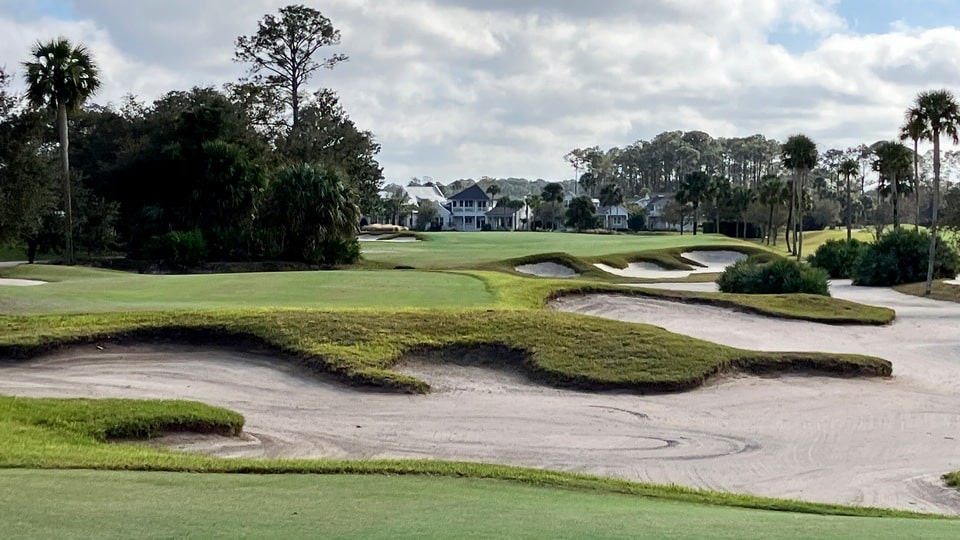
Jeffrey Stein
Stein Golf Design
Brooklyn, NY, USA
Leads a growing design practice from his home in Brooklyn, NY. He is a former associate of Tom Doak’s prestigious Renaissance Golf Design firm, has shaped several golf courses for Gil Hanse and is the 2023 World 100 Club Fellowship award winner, given to promising early career architects to study golf in Scotland.
His broad experience shaping golf courses led to his own design work starting in 2020 with the restoration of Devereux Emmet’s only links design at the Seawane Golf Club on the sandy shores of Long Island.
Currently leading the renovation and restoration of Walter Travis’ 1926 design of the Great Dunes on Jekyll Island, GA featuring large sand dunes, ocean views of the Atlantic and a variety of Travis’ best green complexes. The golf course will re-open in the Fall of 2025.

Michael Clayton
Partner
Clayton, DeVries & Pont
Australia
After a very successful amateur career which included victory in the 1978 Australian Amateur and the 1977 and 1981 Victorian Amateurs, Clayton turned professional in 1981 and played on the Australasian Tour until 2007, winning seven times. He was also a regular participant on the European Tour from 1982 to 2000.
He formed Michael Clayton Golf Design in 1995 in partnership with John Sloan and the late Bruce Grant. In 2010, that business morphed into Ogilvy Clayton, which later became OCCM.
A renowned writer, speaker and broadcaster whose views on the relevance of period architecture in the modern era are required reading and listening for anyone who is a student of golf and golf design. In addition to being an expert in course restoration and renovation, his new designs have won critical acclaim. His course at Royal Queensland will host the tournaments of the 2032 Olympiad.
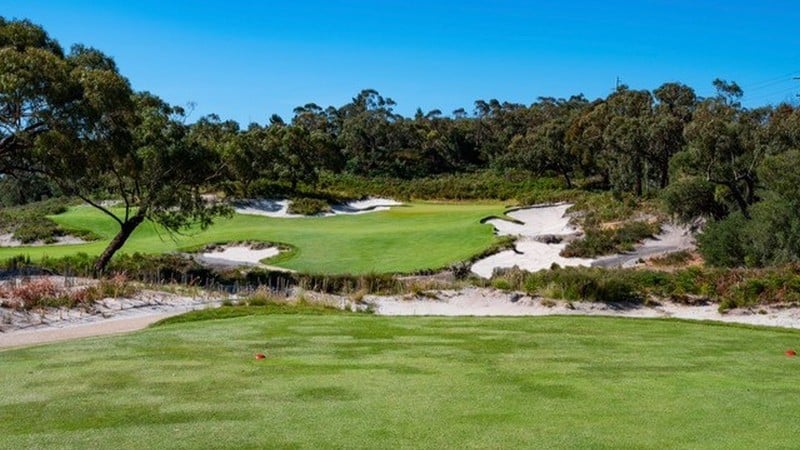
Brian Ross
Golf Course Architect
Ross Golf Design, LLC
Established by golf course architect Brian Ross in 2019, Ross Golf Design specializes in providing our clients with complete golf course architecture, shaping, and construction management services. We believe the best golf courses are created in the field, not on paper, so we devote a significant portion of our time to being on site during the construction process, taking raw ideas and creating something spectacular from them.
Rooted in the design philosophies of golf’s Golden Age, we strive to create fun, strategic golf courses that will have golfers yearning for another round the moment they walk off the 18th green. Brian lives in the Blue Ridge Mountains of Roanoke, Virginia with his wife Kristen and their three children.
